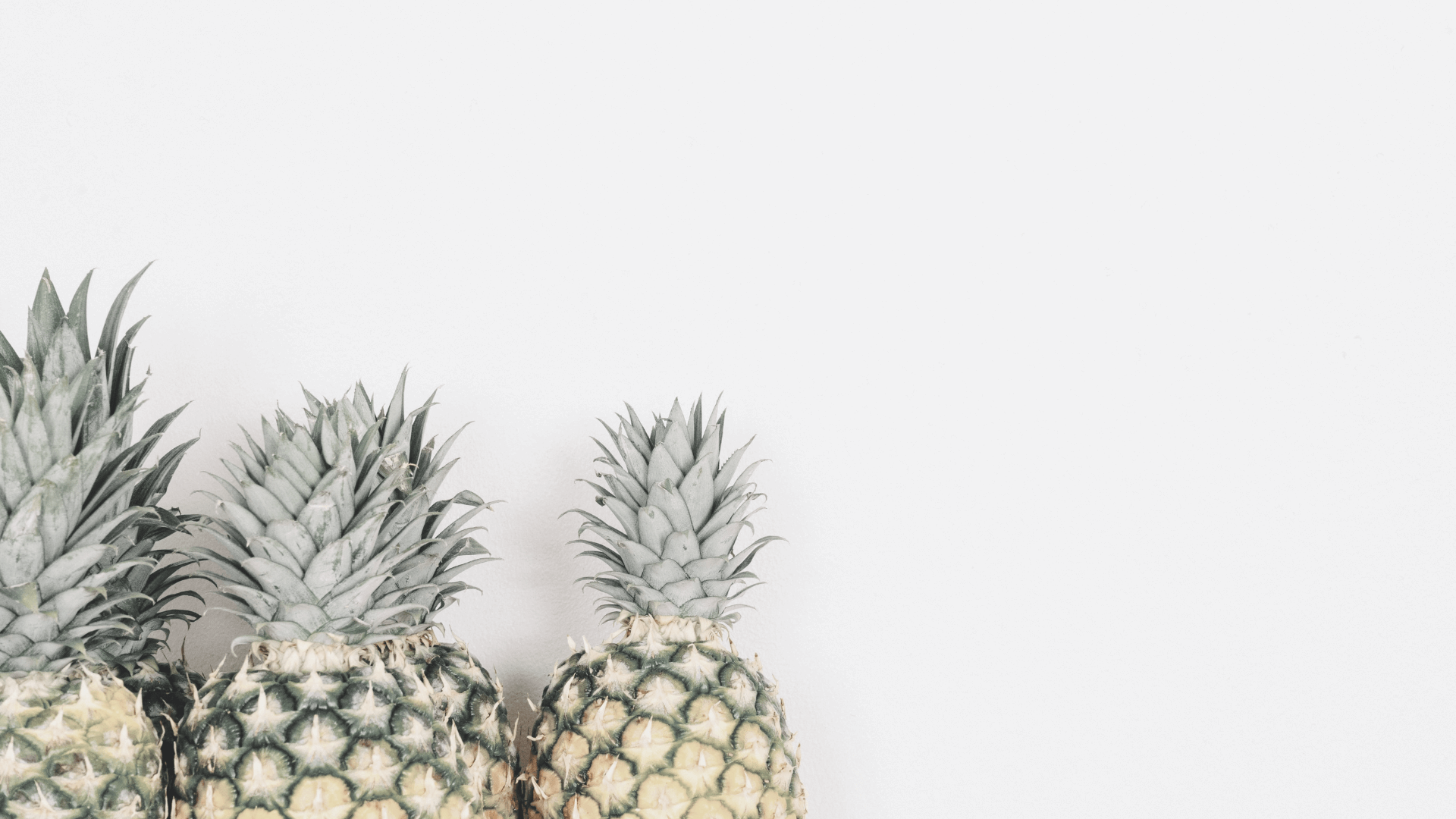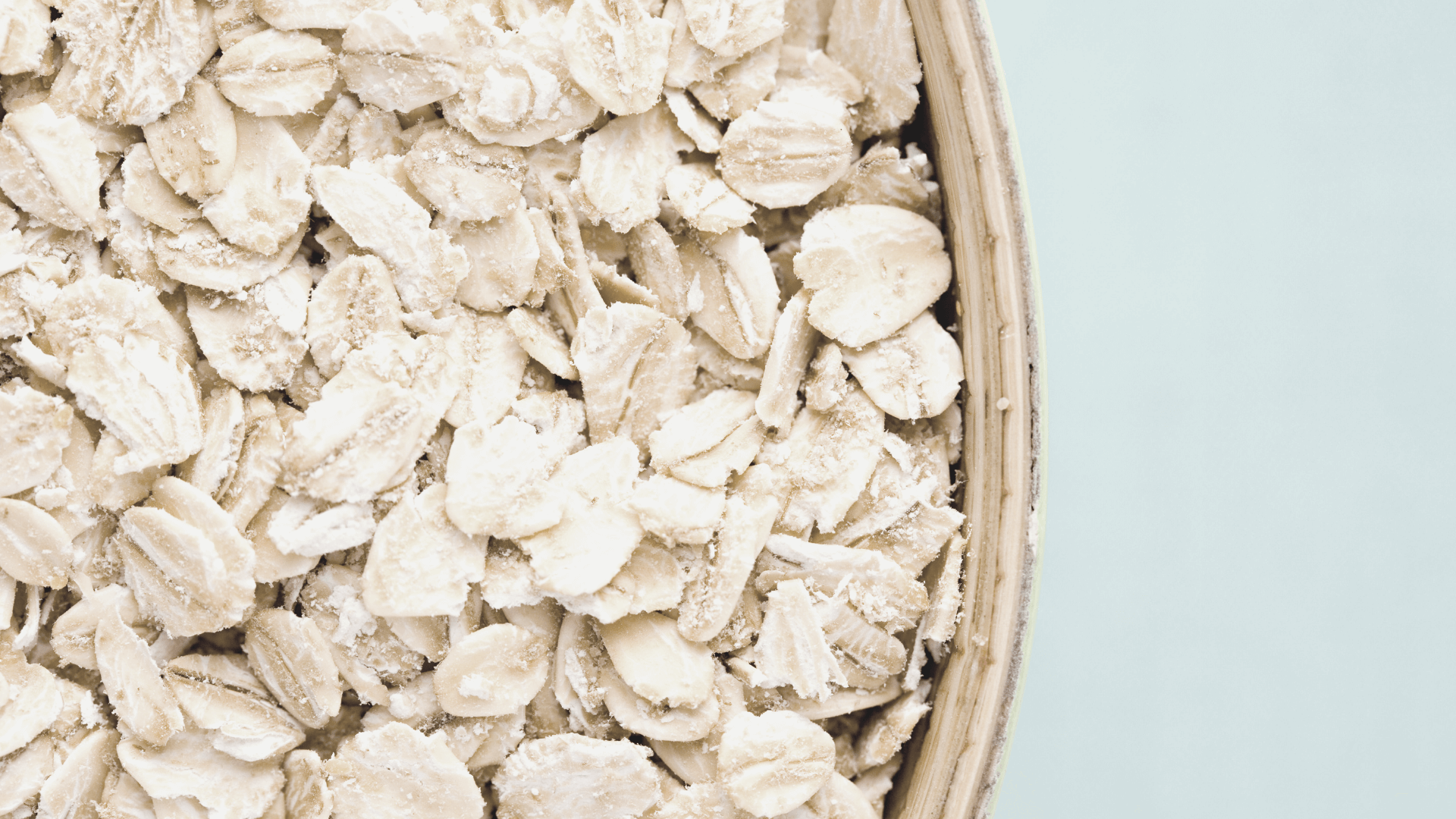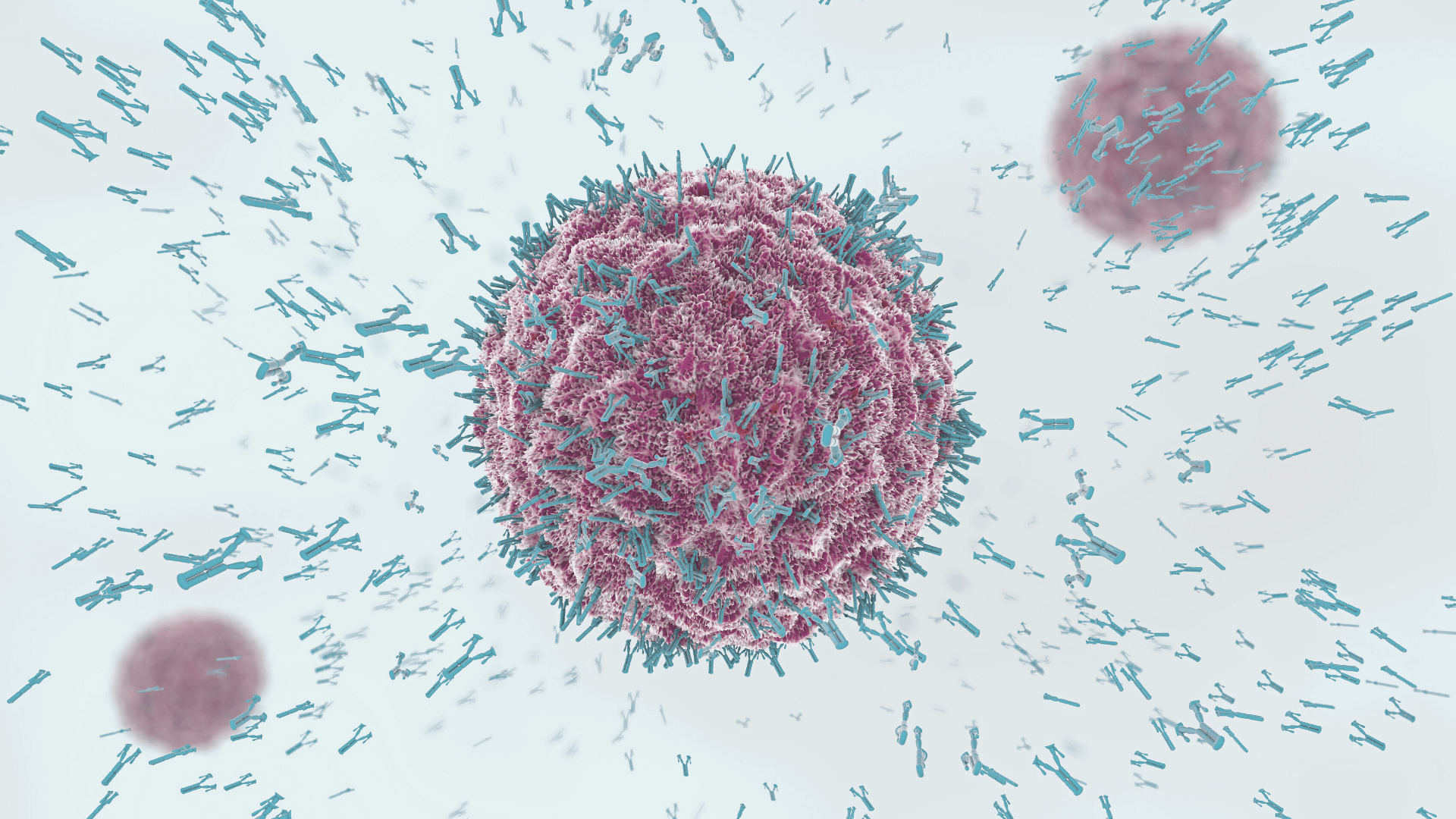Looking for an eco friendly diffuser? There is something about coming home to a lovely fragrance that can just make your day. Or at least for me.
Some of the links in this post are affiliate links. This means if you click on the link and purchase the item, I may receive a small commission at no extra cost to you. All opinions remain my own.
I love having a diffuser running in my apartment after a long day of classes and studying. It makes my room inviting and gets me in the right mood to chill for the rest of the day.
My personal favorite is lavender oil, as it is known as a relaxant and stress reliever, two areas I am lacking in!
But there are so many different oils that each have their benefits to target specific issues.
Some essential oil blends include:
- peppermint- reduce gut pain, help with digestion, and headaches
- basil- helps with headaches, focus, antibacterial
- chamomile- anti-inflammatory and mood stabilizing
- jasmine- increase alertness and reduce depression
- thyme- antibacterial and antiviral
- tea tree- cleansing and antibacterial
- lemon- reduce stress, depression, nausea
- rosemary- cognitive function, inflammation, pain and stress relief
- lavender- stress relief, relaxation, and pain relief
According to my studies via the Chopra Ayurvedic Health Certification Program through the Institute for Integrative Nutrition, when choosing oils – listen to your own body’s intuition.
And according to what I studied, here are some essential oils with some of the commonly known benefits:
- Peppermint – improves focus, boosts energy, alleviates muscle pain and headaches
- Rosemary – uplifts, can improve brain function and memory
- Lavender – relieves stress, calms, helps with insomnia
- Eucalyptus – invigorates, improves respiratory issues, enhances concentration
- Sandalwood – grounds, calms, eases tension
- Rose – helps with depression and anxiety, can be an aphrodisiac
- Citrus (grapefruit, lemon, lime, mandarin, orange, tangerine) – uplifts, boosts immunity, cleanses, enhances creativity
All of these oils alleviate some of the byproducts of an unhappy gut, such as pain, increased anxiety, and depression.
This makes them a great choice for anyone struggling with their own Gutsy issues.
The range of scents is also super fun to play with and customize to your liking!
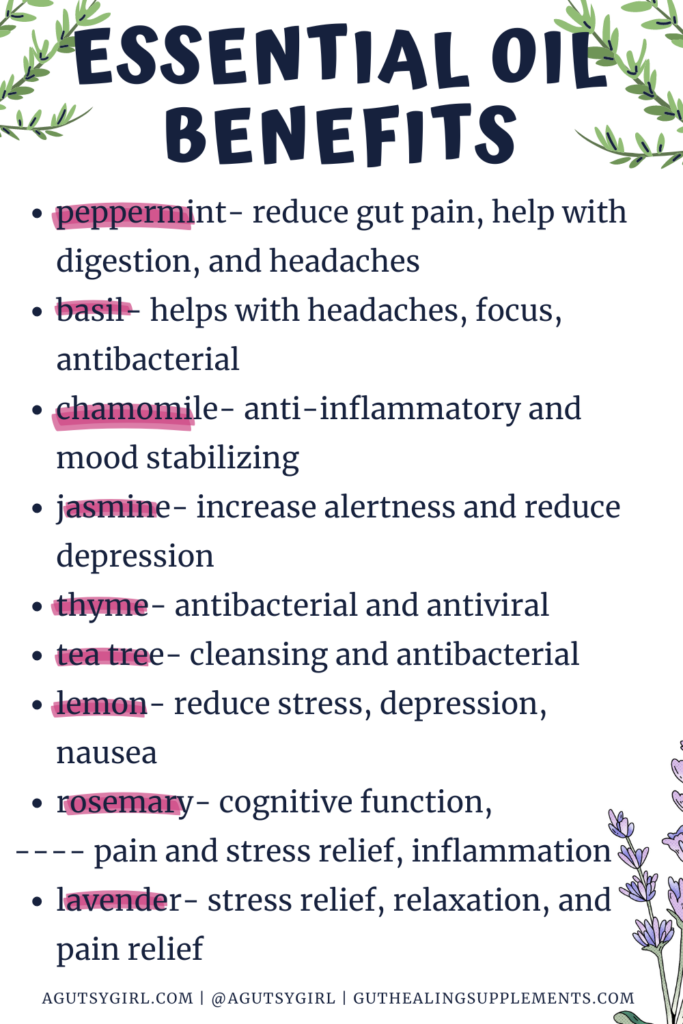
Eco Friendly Diffuser + Issues With Most Diffusers
Click HERE to save this post for later.
While all of this sounds great in theory, the reality has a couple more layers to it.
Many common essential oil diffusers have both biological and environmental issues.
On a biological basis, essential oil diffusers can cause mycotoxin exposure.
The water added to the diffusers provides the optimal environment for mold and “bad” bacteria growth.
Breathing this in regularly could cause mold-related issues such as headaches, sore throats, brain fog, and confusion.
It can also manifest in the form of allergic reactions and sinus buildup.
Some indoor oil diffusers are also associated with respiratory issues such as chest tightness, wheezing, and can even increase asthmatic episodes.
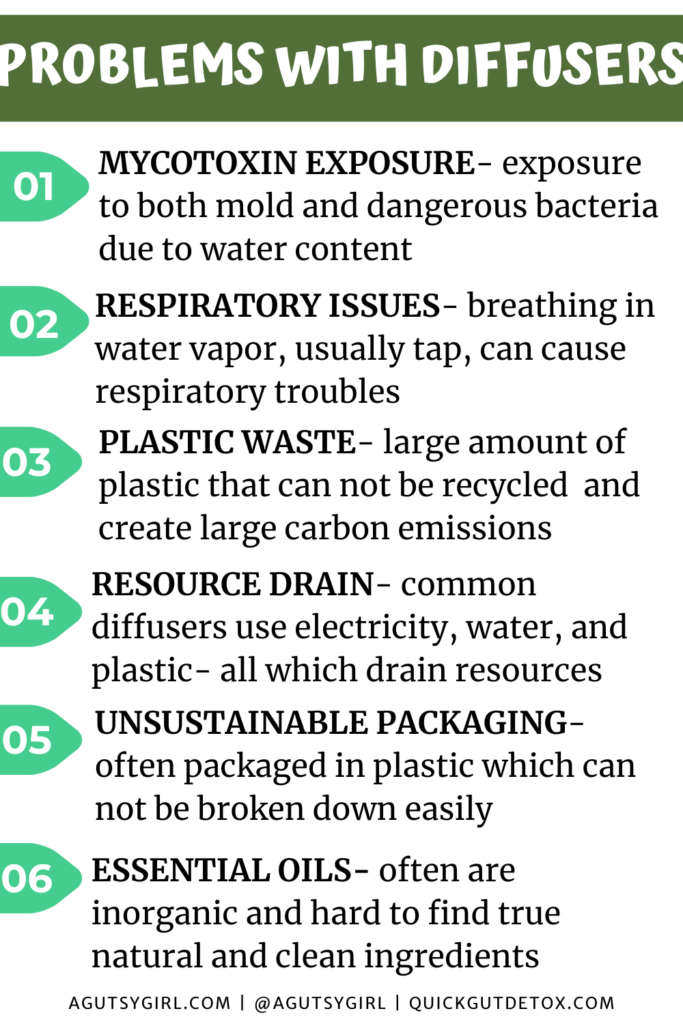
Environment + Plastic
On an environmental scale, diffusers contribute large amounts of plastic waste that can not be recycled.
Since plastics are extremely hard to recycle, the majority don’t even make it to the recycling plant.
Plastic is both expensive and dangerous to try to recycle, due to its flammable and toxic components.
So much waste.
Not only is the actual plastic wasteful, but the production of it is a resource drain.
Making these cheap plastics takes a lot of energy and valuable resources. This contributes to a large carbon footprint.
By the year 2050 alone, these carbon emissions are predicted to total 56 gigatons of carbon. And what is carbon emission linked to? Climate issues.
Scary right?
Many diffusers also use essential oils that are packed in plastic and meant to be thrown away right after use.
This packaging follows throwaway culture, which results in a build-up of waste that can not be reused.
Diffusers also commonly rely on water and electricity to run properly, both resources that impact the environment.
Kind of a lot to unpack, but don’t worry, there is light at the end of the tunnel.
Sources: HERE, HERE, HERE, HERE, and HERE
More Factors to Consider
In addition to being environmentally friendly, it is important to choose diffusers that minimize water waste and potential exposure to mycotoxins.
This can help prevent those unpleasant side effects as well as potential long-term complications.
One of my personal favorite waterless diffusers is AromaTru.
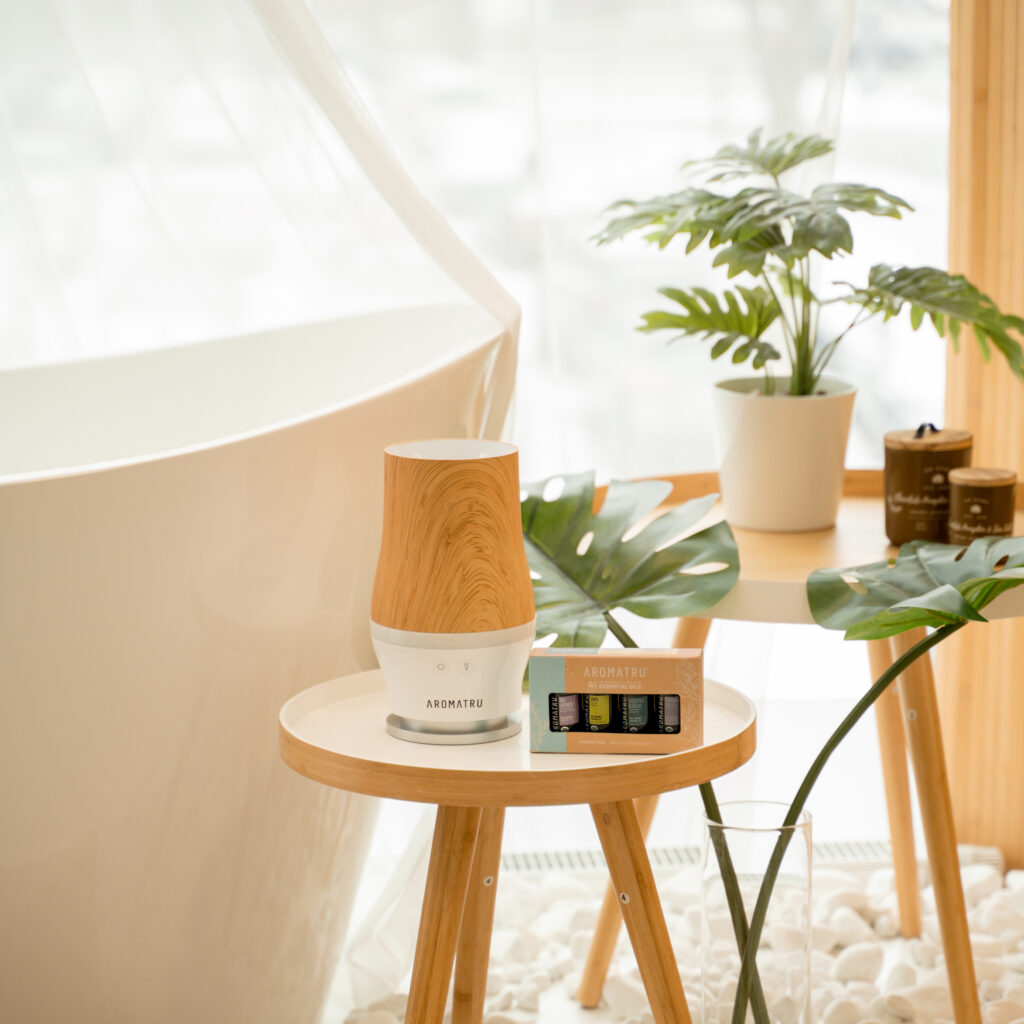
This diffuser is not only eco-friendly but also uses zero water, which completely prevents the growth of mold and bacteria.
In addition, the lack of water prevents oxidative damage from interacting with the oil. Since it is water-based the diffuser also has high levels of scent loading, meaning it can fill larger rooms.
Considering plastic-free packaging is also a big step in choosing a diffuser.
Many of the eco-friendly diffusers come in sustainable packaging that can easily be decomposed or recycled.
The use of natural materials helps make them easier to break down and not pile up as waste. Just this simple swap over to friendly packaging can go on a long way!
AromaTru Diffuser
Click HERE to save this diffuser for later.
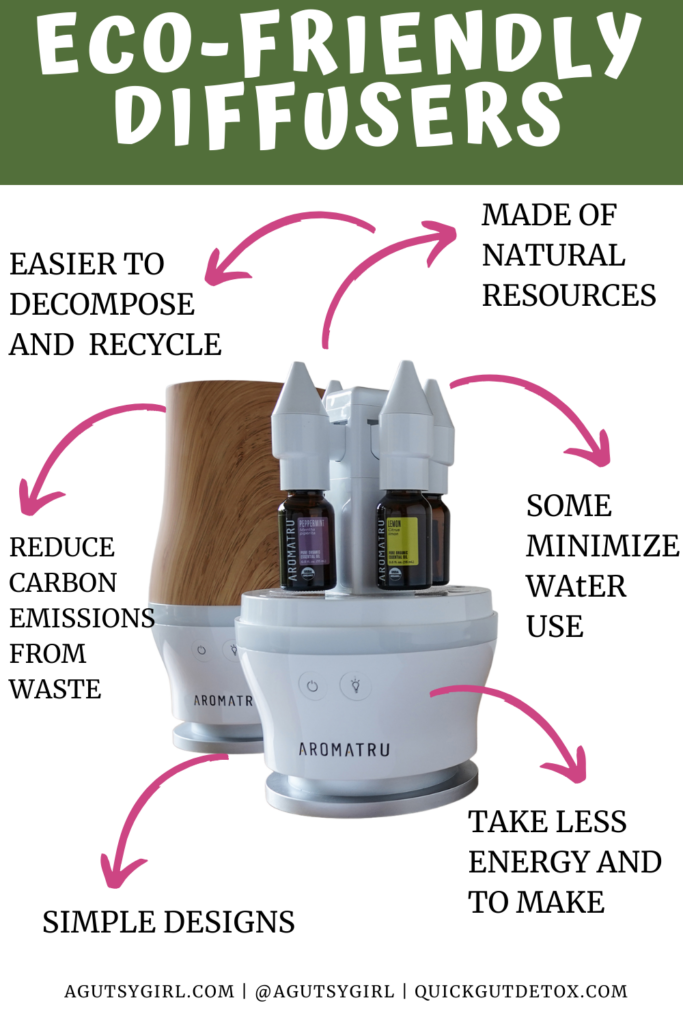
More highlights for this diffuser include:
- waterless atomizing diffusion
- holds four natural essential oils so you can mix and match
- no water, no sticky mess
- customizable, mood-enhancing light ring
- effective in small to very large rooms
- clean, quiet and free from mold
Essential Oils
Another aspect of diffusers to consider is the environmental impact of the essential oils themselves.
Essential oils are often sourced from large companies and farms where pesticide use is common.
The pesticides are not only harmful to the actual oils but also for the land around the farms.
Run-off can cause pesticides to travel into nearby water and also damage crops.
Even though essential oils are often marked as “organic,” there is very little certification required for that label.
It is important to do more research on individual companies to ensure they are using safe farming practices and making true organic products.
Finding the Right Diffuser
Now that you may be debating never turning on your diffuser again, I have some good news. There is a whole group of eco-friendly products, such as diffusers, that you can check out.
Most of these are built with sustainable materials such as stone, ceramic, or glass.
All of these resources are naturally sourced and require minimal energy to process, making them much more environmentally friendly.
They are a great way to reduce carbon emissions from plastic waste and to ensure you are breathing in cleaner air as well!
Here are some different eco-friendly diffusers and some details about them.
- AromaTru – see above; no water necessary!
- reed diffusers- extremely minimalistic, natural resources, extremely eco-friendly
- candle diffusers- made of natural ingredients, require heat and can be harder on the environment if an average candle *can make more eco-friendly by choosing soy wax rather than paraffin candles
- clay stone diffusers- made of one resource, extremely simple, works mainly in small rooms
- nebulizing diffusers- natural resources, strong smells due to lack of water, pure essential oils
My personal favorite would have to be reed diffusers.
These are made of wooden reed sticks and require no water or electricity.
Best of all they are made with natural resources and have simplistic yet gorgeous designs.
My mom used to use these around our house growing up and I remember them smelling so good!
They are a great alternative to traditional diffusers and have an extremely low carbon footprint.
Wrap Up
I want to wrap this all up by saying that you truly can’t go wrong with any eco-friendly diffuser, just be aware of the different factors making up the product!
This is a great step to not only boost your own gut health by preventing pathogens, but also support our planet as well.
If you liked this post, you might also enjoy:
Xox,
SKH
Janie Greene is



